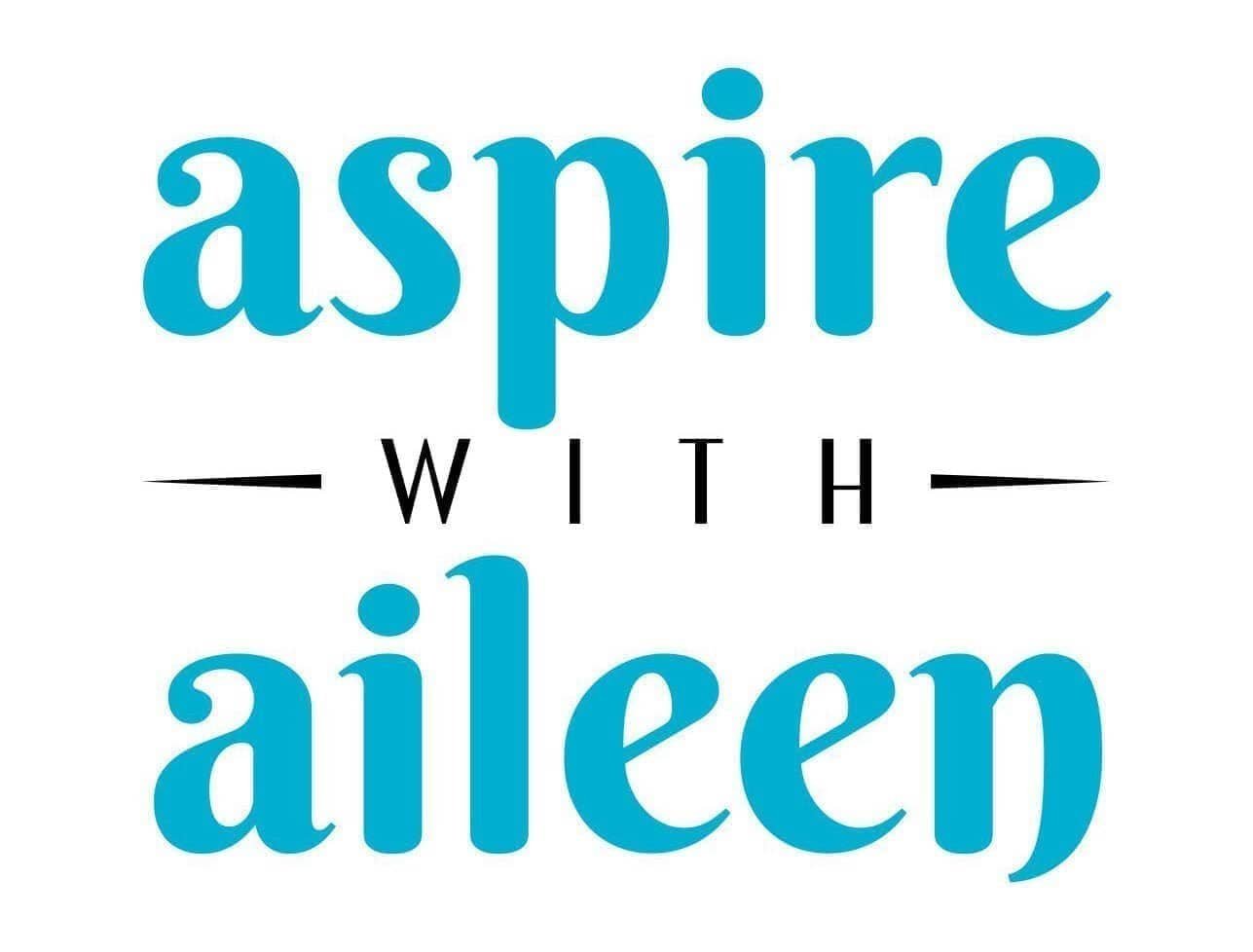If you've been sending out dozens of applications without hearing back, you're not alone and the problem might not be your qualifications.
As a Boston-based Career Coach and Workplace Wellbeing Speaker, I've seen countless talented professionals struggle in their job search simply because their resume doesn't showcase their true value. The right resume isn't just a formality; it's your most powerful marketing tool, and when done correctly, it can turn months of radio silence into multiple interviews within weeks.
I worked with a client whose story perfectly illustrates how a strategic resume overhaul, combined with expert coaching, can dramatically accelerate your career transition and even add tens of thousands of dollars to your compensation package.
Auto-generated text below. Please excuse any typos!
A career coaching client came to me after he had spent months job searching but not getting any interviews. He was really well-qualified for the roles that he was going for but wasn't getting any traction. When we started working together, we redid his resume completely. He was really selling himself short and he was doing it in part because he was using a resume template that just didn't serve him in his years of experience.
So when we worked together, those first applications that he submitted with that new resume immediately brought on interviews. And through working together, he ended up landing an offer. And we worked through process of negotiation, everyone's favorite topic. And he actually increased his offer by $25,000. So, this was all within one and a half months of working together. Now that's atypical. It all depends on how big of a shift you're making, what the job market's doing.








